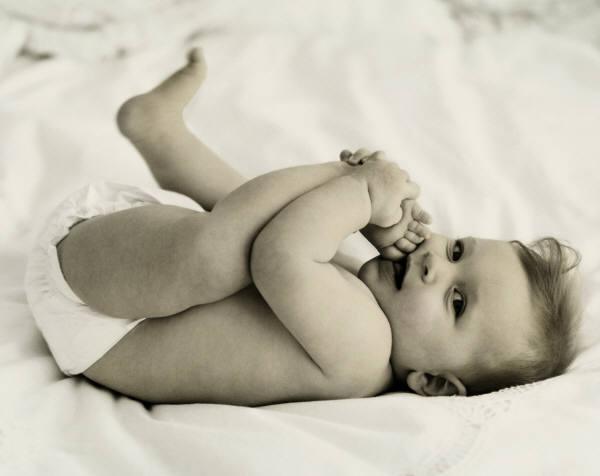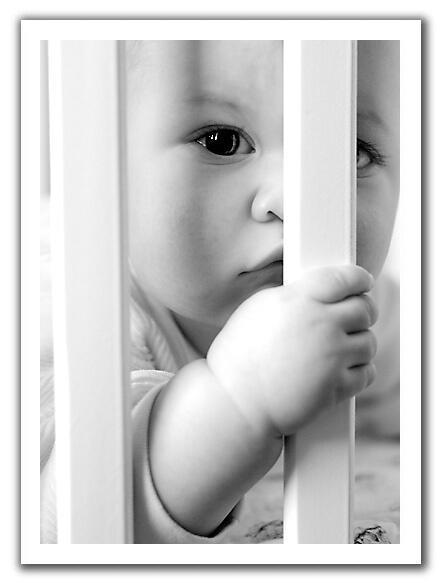Standing in the middle of Dam Square is the National Monument, a 22-metre high obelisk with sculptured human figures that represent freedom of tyranny. Every year on May 4, Queen Beatrix and members of the government lay wreaths here during a ceremony to commemorate the Netherlands' war dead. Across the street from Dam Square is the Royal Palace, also known as Paleis op de Dam (Palace on the Dam). Dating back to 1655, it was originally built as a Stadhuis (Town Hall). It became a royal palace when, during the French occupation, Napoleon Bonaparte installed his younger brother Louis here as King. Today the monarch lives in The Hague but uses the palace for official functions and state celebrations, such as Queen Beatrix's inauguration reception. Across the Royal Palace is the Nieuwe Kerk (New Church). Since 1814, all the kings and queens of the Netherlands have been inaugurated at this national church. Built between the late 15th and mid-17th centuries in elaborate late-Gothic style, the church boasts a stately arched nave, an elaborately carved altar, a great pipe organ and several noteworthy stained-glass windows. It now often hosts temporary exhibits.

National Monument at Dam Square


The Royal Palace
 Nieuwe Kerk
Nieuwe Kerk
Renaissance-style Westerkerk (West Church) holds the remains of Rembrandt and his son, Titus. It's also where, in 1966, Princess (now Queen) Beatrix and Prince Claus said their marriage vows. The church was begun in 1620 and opened in 1631. The church's interior, light and spacious, has a fine organ.
Many houseboats are moored along the canals, on the river, and in the harbor, a lifestyle that is unique to Amsterdam. There are currently about 2,400 legally occupied houseboats floating on the city's waters. The cost of purchasing a houseboat is just slightly lower than the cost of a canal house. All houseboats are supplied with electricity and running water; house taxes are also collected. The Hendrika Maria, a former commercial sailing ship built in 1914, has been converted to a museum. At the Woonbootmuseum (Houseboat Museum), one can see the original deckhouse where the skipper and his family lived, the cupboard bed in which they slept, and the cargo hold, now a remarkably spacious and comfortable living quarter.

A short walk away is one of Amsterdam's biggest attractions, the Anne Frankhuis (Anne Frank House), on Prinsengracht (Prince Canal). It's a typical Amsterdam canal house, with very steep interior stairs where eight people from three separate families lived together in silence for more than 2 years during World War II. During the war, the building was an office and warehouse but at the back part of the house concealed behind a revolving bookcase was the hiding place Otto Frank found for his family, the van Pels family, and Fritz Pfeffer. Known as the Secret Annex, it kept them safe from July 1942 to August 1944. Tragically, it was raided by Nazi forces close to the end of the war and its occupants were deported to concentration camps. All but one, Otto Frank, Anne Frank's father survived. It was in this house that Anne, whose ambition was to be a writer, kept her famous diary as a way to deal with both the boredom and her youthful array of thoughts. It has since been translated into more than 60 languages. Nothing in the rooms has changed since the day Anne's father returned; except for the protective panels that now protect the wall on which Anne pinned up photos of her favorite actress, Deanna Durbin, and of the little English princesses Elizabeth and Margaret. A bronze sculpture of Anne stands on nearby Westermarkt.
 On Westermarkt is the world's first-ever monument to the gays and lesbians killed during World War II and persecuted through the ages. The Homomonument consists of three pink triangular granite blocks (the color and shape of the badge the Nazis forced homosexuals to wear), that together form a larger triangular outline. One block, symbolizing the future, points to the Keizersgracht canal; a second, at ground level, points toward the nearby Anne Frank House; the third, a kind of plinth, points toward the offices of COC, a gay political organization.
On Westermarkt is the world's first-ever monument to the gays and lesbians killed during World War II and persecuted through the ages. The Homomonument consists of three pink triangular granite blocks (the color and shape of the badge the Nazis forced homosexuals to wear), that together form a larger triangular outline. One block, symbolizing the future, points to the Keizersgracht canal; a second, at ground level, points toward the nearby Anne Frank House; the third, a kind of plinth, points toward the offices of COC, a gay political organization. (to be continued…)
(to be continued…)







1 comment:
I guess if I went go Amsterdam again, I would visit the Anne Frank's house. Only read the book after I went there. :(
Post a Comment